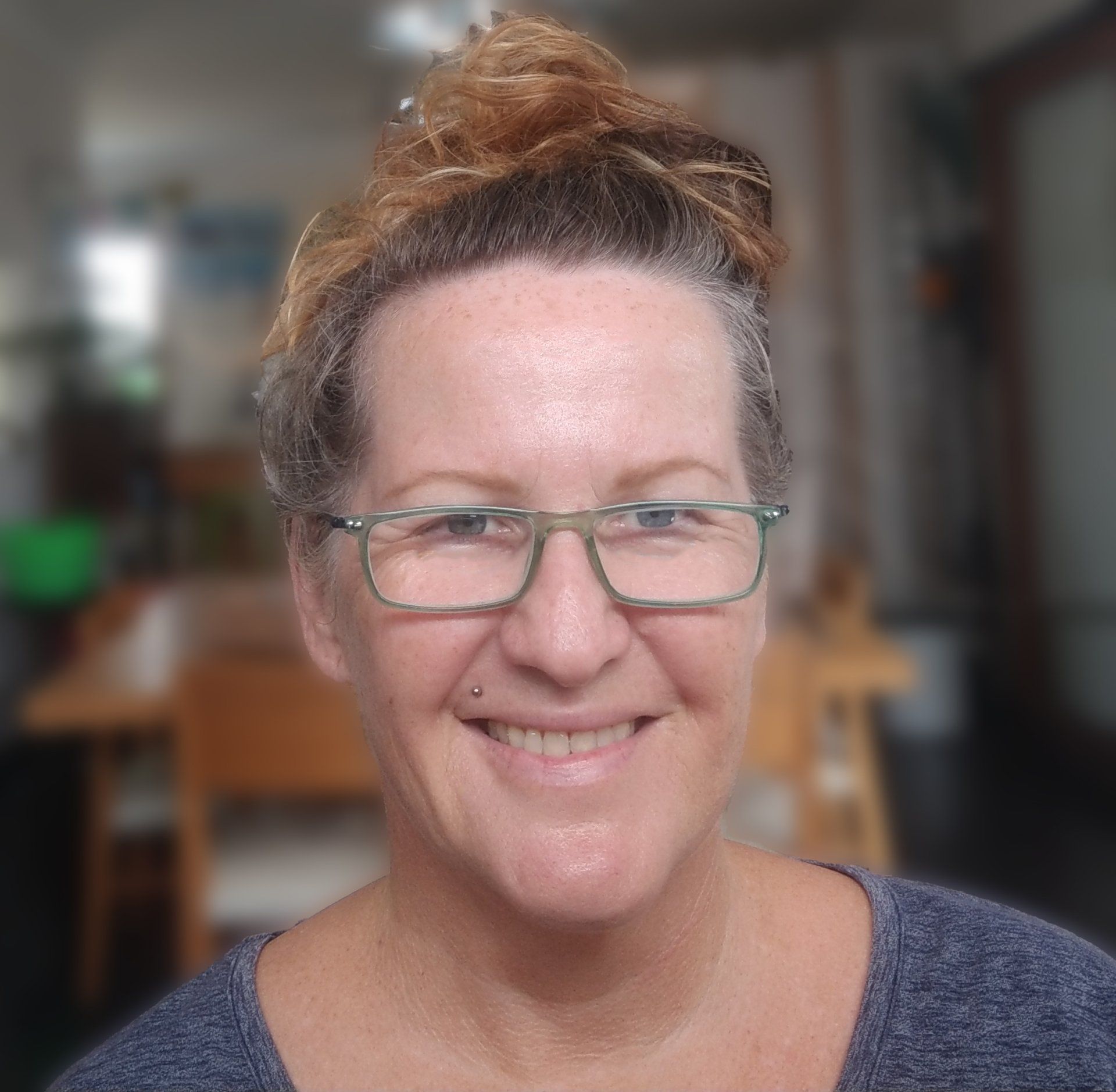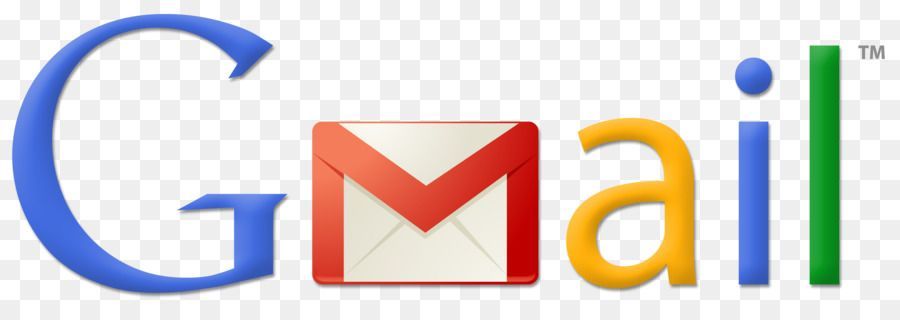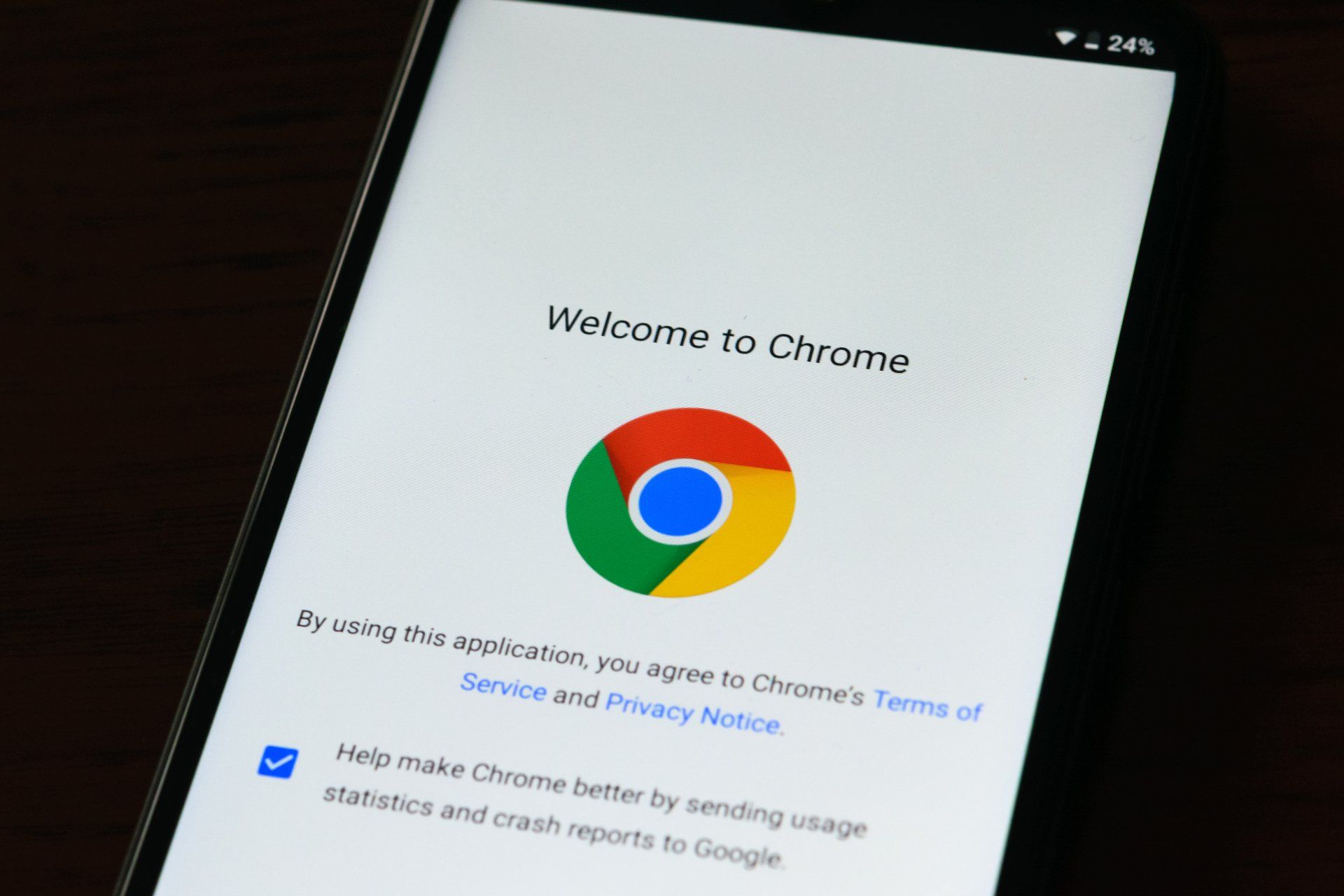Website Page Titles & How Best to Use Them
Firstly, what is your page title?
Any page you create on your website has a title tag. The title is different to the page URL and should really be reasonably consistent across your website.
For example:
Lets assume I make a new page called Photographic Services. My page url might be geekqueen.com/photo-services however my page title might be "Photographic Services | Product Photography | Geek Queen" . My page title not only identifies my page, it is the text that appears in search results. In the image below, in blue you can see my page title.
Why your page title is important.
Your page title is a factor in your website SEO but it is also you one chance to grab possible visitors by telling them in clear concise text what your page is about and why they should click this particular link.
While the search engines will read the website title, the URL and the meta description and formulate your page's relevance (based on these and other factors), this is one area where you need to make sure you are not just using your keywords and phrases but actually writing for your visitors.
Typically, I recommend that your website page title is formulated as "keyword or phrase" + "keyword or phrase" + "business name". Even formulating it this way, you still have to ensure the title makes sense from a readability standpoint. If I had of made this particular website page title "Product Photography | Photographic Services | Geek Queen" it doesn't read as well. In formulating it as I have, along with using my keywords and phrases, I've also established an inherent hierarchy in my Photo Services. By putting the Photographic Services first and then
the Product Photography it automatically implies that I offer more Photo services than just the Product Photography, so if a possible client discovers my link through a search, even if they aren't after product photography it still implies that I do other types of photography so there is a chance they will still click that link. I'm almost categorizing in my page title if that makes sense.
Your website page title also appears in your browsers tab. This helps your clients to easily navigate back to your website page quickly and easily. So its not just an SEO factor it is an identifying factor as well.
Looking at the title displaying in this way - I can hear you thinking "But they can't see my business name". No they can't, because we've put it at the end of the website page title, however, because we formatted it with our SEO keyword or phrase at the beginning of the title it is instantly identifiable to your client what that page is about. They know they searched for that term, but they might not recall exactly what your domain name was, so even though you can't seem your business name, that recognition will occur with the frequency of their page views. So don't stress that they can't see your business name on the browser tab, just be happy that they actually clicked your website link
from the search results page.
Formatting your website page title correctly
There are some best practices you should follow for your website titles.
- Don't use capitals.
Some large websites do use this as a formatting option on their title tags but they have massive traffic to their website that can overcome Google's reluctance to direct visitors to a page it thinks is spammy.
- Maintain consistency
between all your SEO page tags. Make sure your page name, your page URL and your meta description all use the same type of language, you repeat your keywords or phrases and its aimed at your market.
- Include your business name, but at the end of the tag. Don't waste valuable real estate putting your business name at the front of the tag.
- Format it well.
You will see I've used pipes between my phrases. Pipes are above your enter key on your keyboard on the same key as the backslash. Hold down shift and use that key.
- Don't keyword stuff it.
Two sets of keywords or phrases (and by phrases I mean three words or less) are more than enough. Any more than that and you will risk Google's fury! Well its not really fury but you know what I mean.
- Make sure it is relevant
to the content of your page. This is really important. People clicking and immediately leaving can be worse for your SEO than no clicks at all. That tells Google that your content isn't relevant so you will slide far far FAR down the list.
How to set your page title
Your page title should ALWAYS be part of the page creation. While you can change it at any time, it is always best to set your page SEO factors at the time you create the page.
- Click the Pages section on the left hand side of your dashboard
- Click the settings cog for the page you require
- Click the SEO option from the drop down menu.
You can scroll up and down this settings area to change or set anything you need to. In the image below you will see your page URL, Page title and Page Description.
Set your page title and then write your meta description using the same keywords and or phrases to reinforce your relevance to Google.
NB:
try not to change your page's URL unless necessary. If you do, MAKE SURE YOU COPY THE OLD URL FIRST. You should get a warning pop up asking you to set a URL redirect but some browsers don't show it. That popup is OK. Confirm that you want to do that and proceed. This will ensure that anyone who has bookmarked that page using the old link is redirected to the new link now. To check that has been done, after you save your page, go to Settings on the left hand menu and URL redirect. You will see your page redirect in there. If you don't, just create a new redirect using the old link you copied and then select the new page from the page menu and Voila! Page redirect done.










